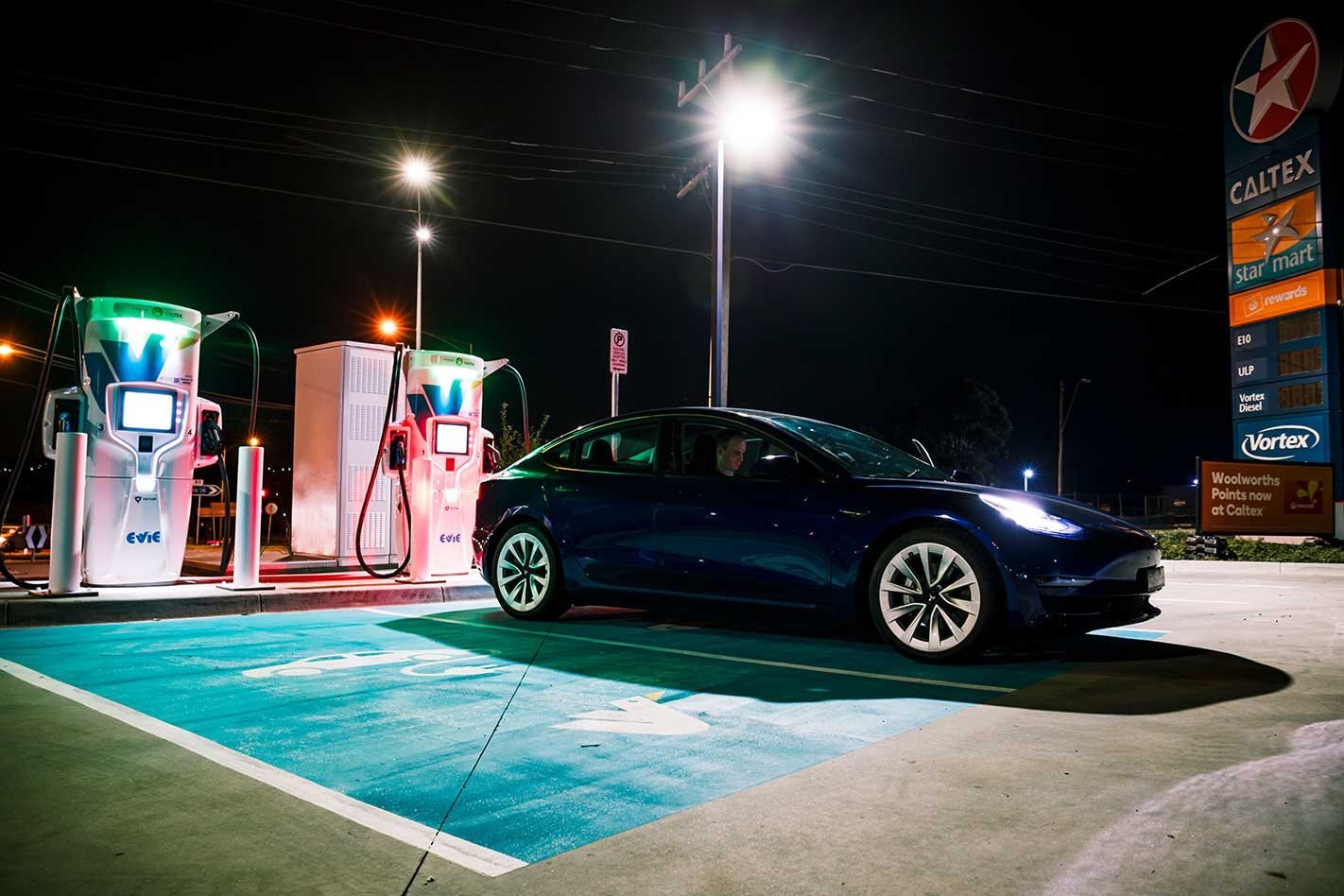It’s not often you need to employ slipstreaming on the road, but these are desperate times, friends. The Tesla Model 3 Long Range is currently indicating five per cent battery and displaying a warning to stay below 75km/h if we want to reach our destination.At this point you’re probably thinking ‘oh great, another story about electric car range anxiety but no, while there is a degree of anxiety within this story it’s all the fault of the driver rather than the car.
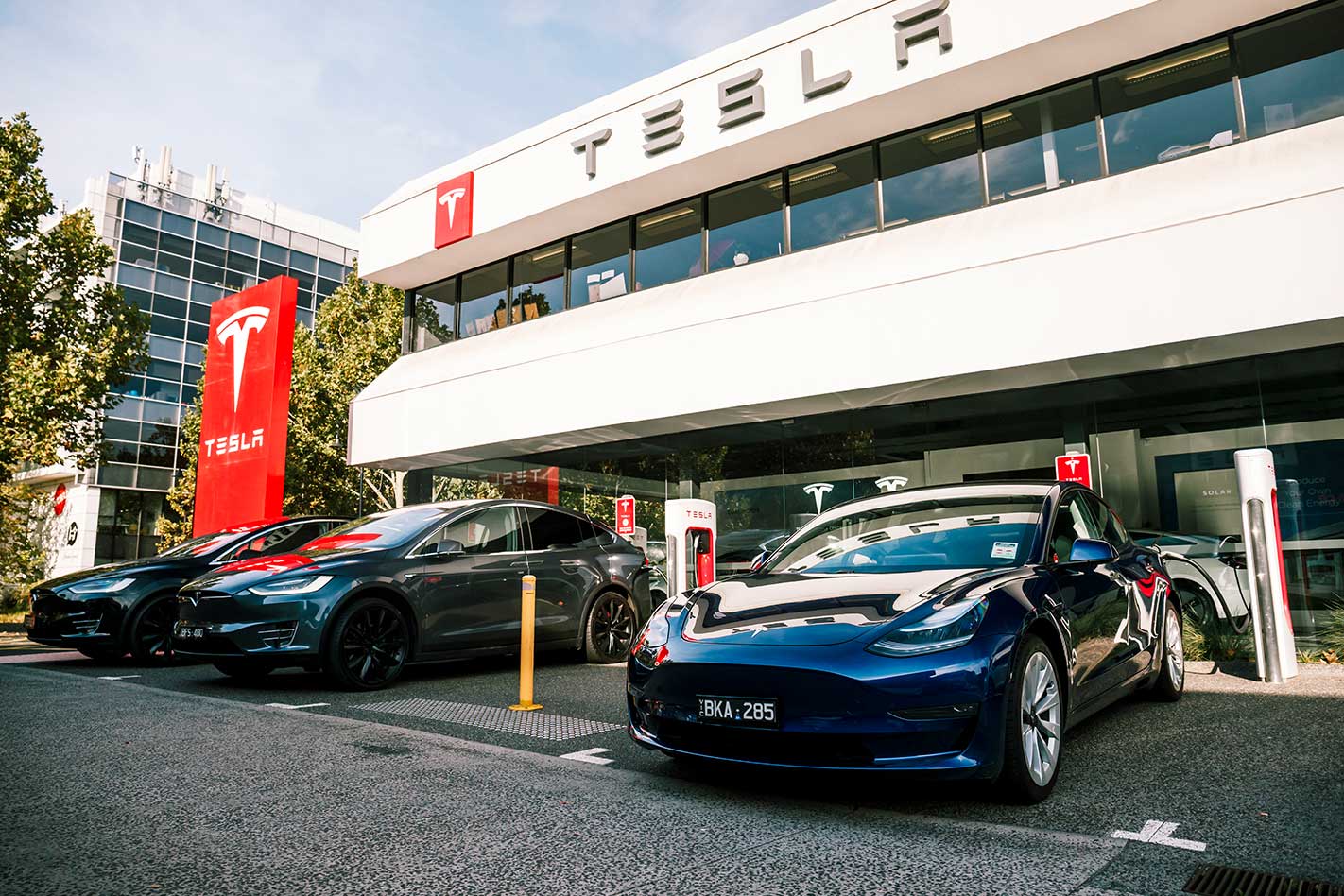
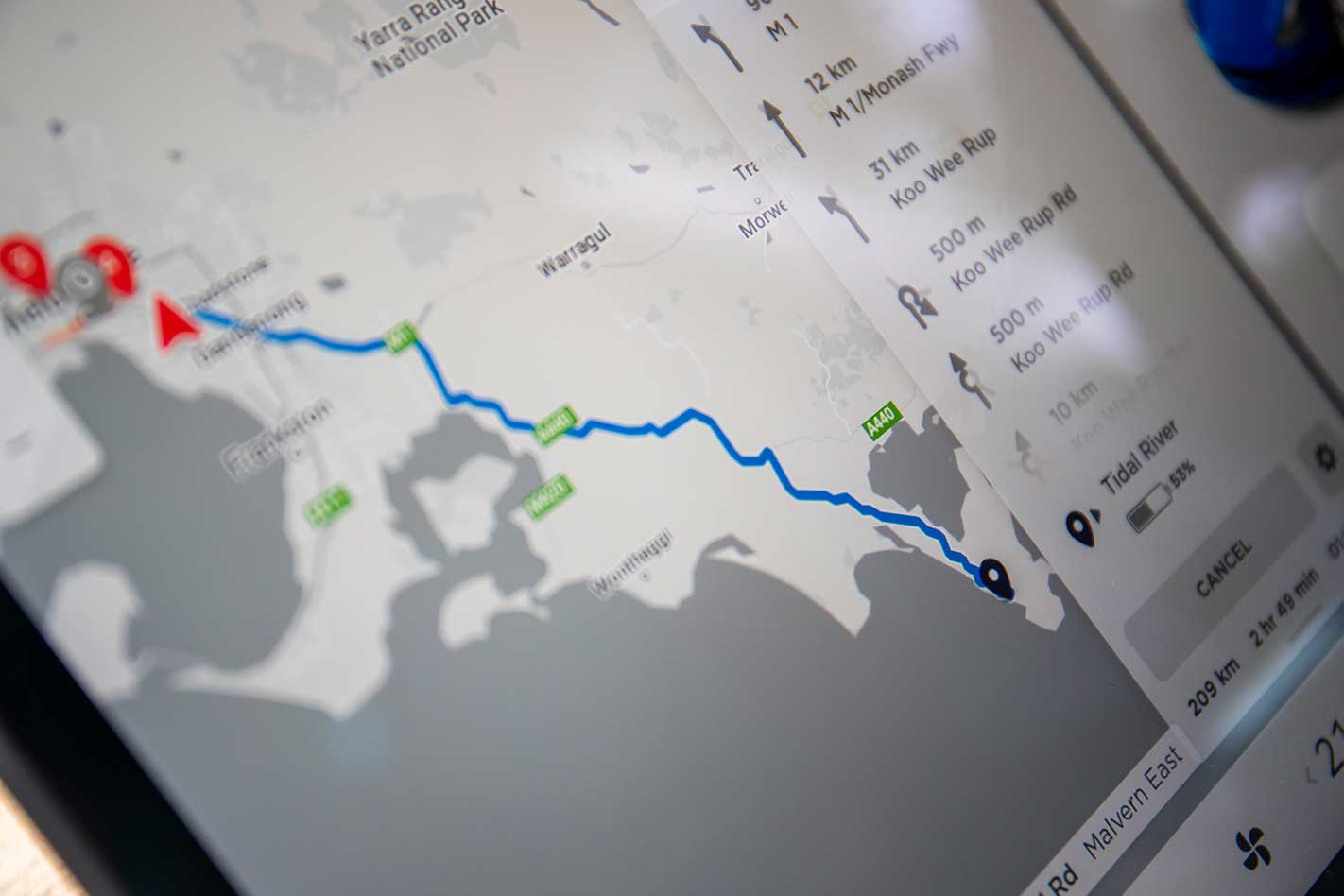
However, this isn’t an effort to eke every last kilometre out of a Tesla Model 3; instead we just want to find out how far you can realistically travel on a typical drive.
It wasn’t long ago that this journey would be fraught with potential headaches. When I first drove a Tesla in late-2014, the original Model S P85, the only option was to do a loop to and from the Tesla PR’s house; there were no chargers and the range was quite limited.

For example, while we weren’t planning to use them on this trip, a quick check on the Plugshare app showed that the pair of 22kW Tesla chargers at Fish Creek were currently unavailable, so we knew not to rely on them.However, as mentioned, our journey starts at the Melbourne Tesla service centre, where a Supercharger tops up the battery to 100 per cent in a matter of minutes.
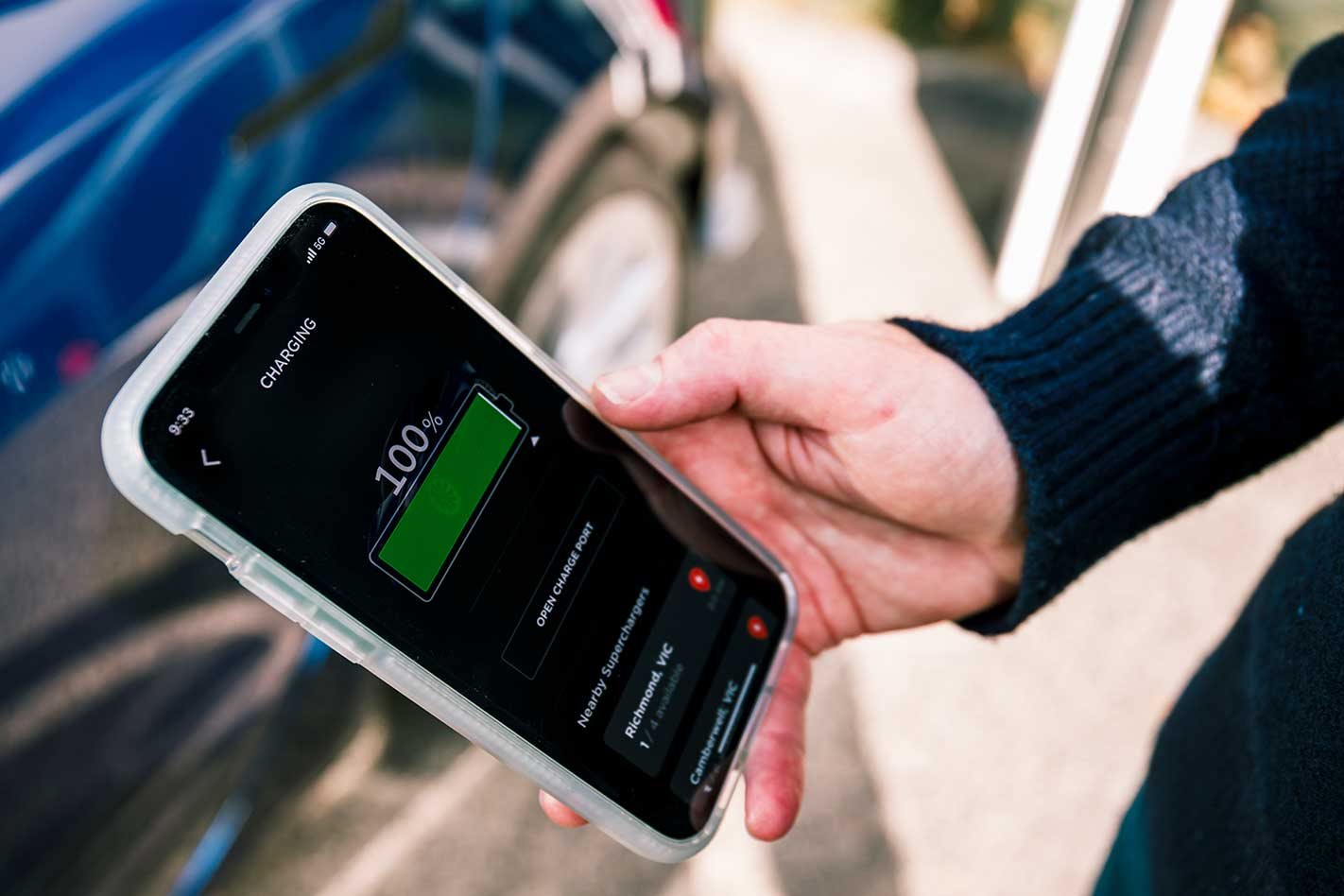
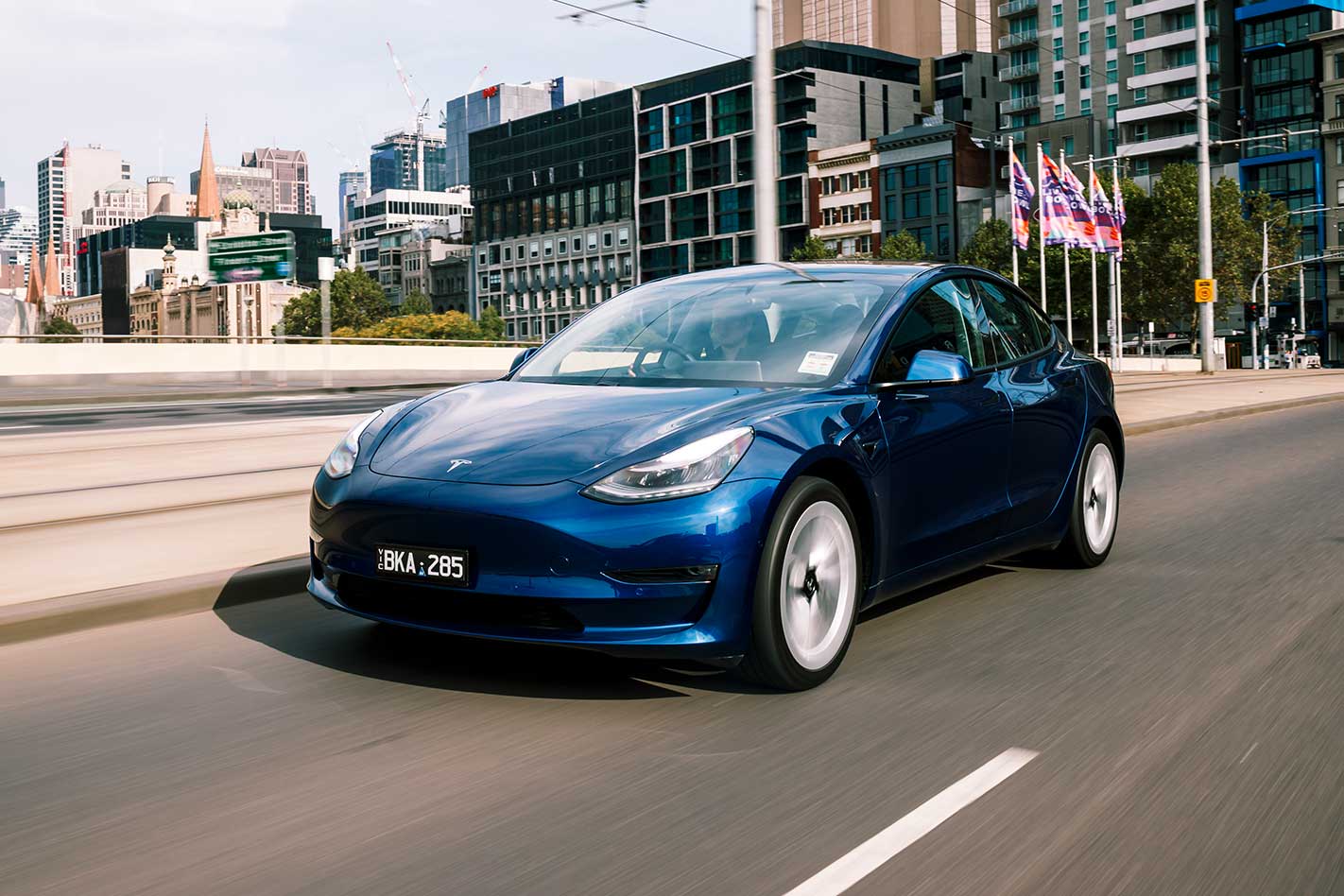
Add $1500 for metallic paint and $6826 in on-road costs and you’re left with an as-tested price of $91,751 driveway, making it a direct competitor to premium Euros like the BMW 330e, Audi A4 45 TFSI and Volvo S60 T8 R-Design.Once underway the Model 3 immediately impresses. It’s fundamentally a very relaxing way of getting around thanks to the smooth, effortless acceleration, low noise, excellent vision and strong regenerative braking effectively allowing for one-pedal driving.
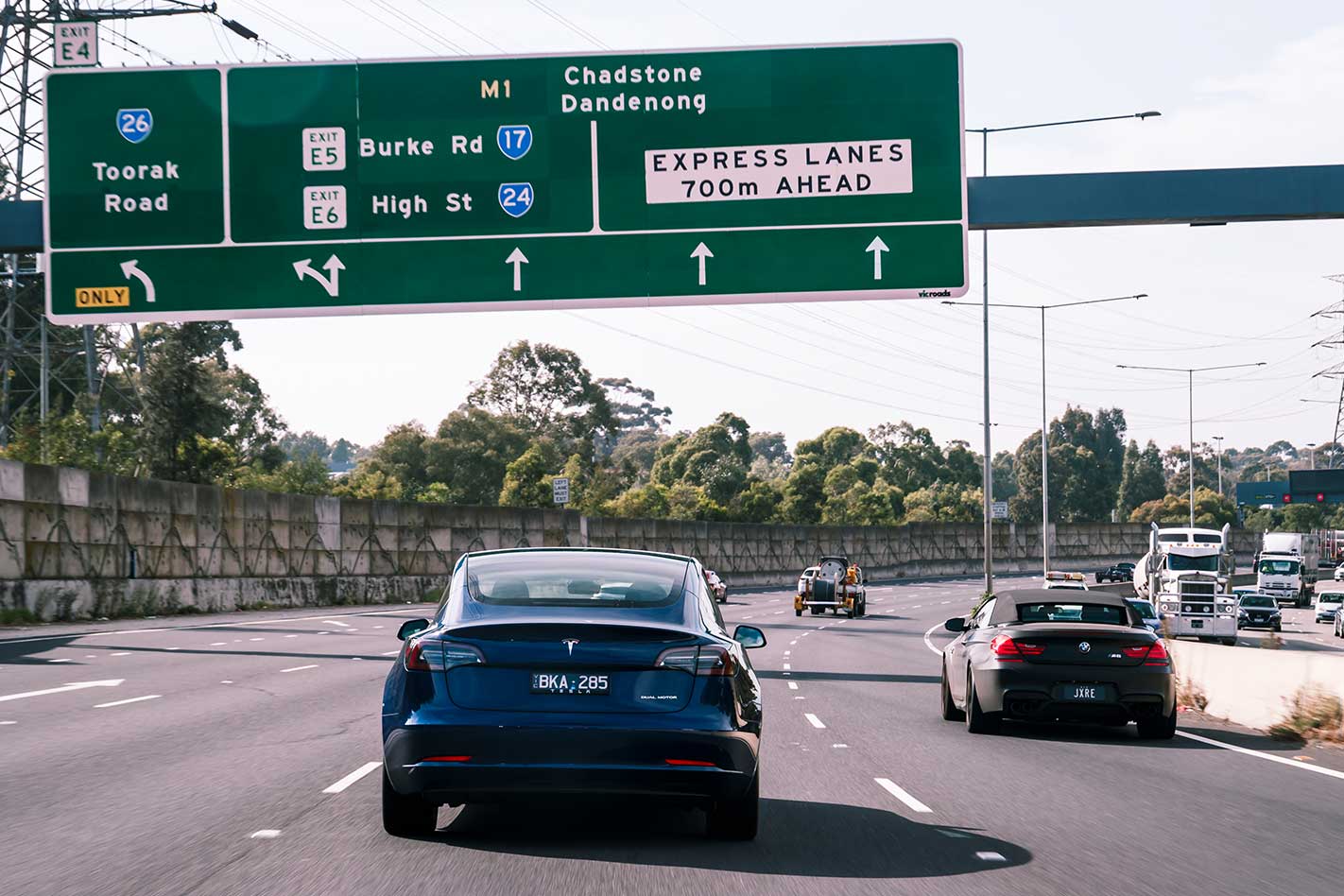
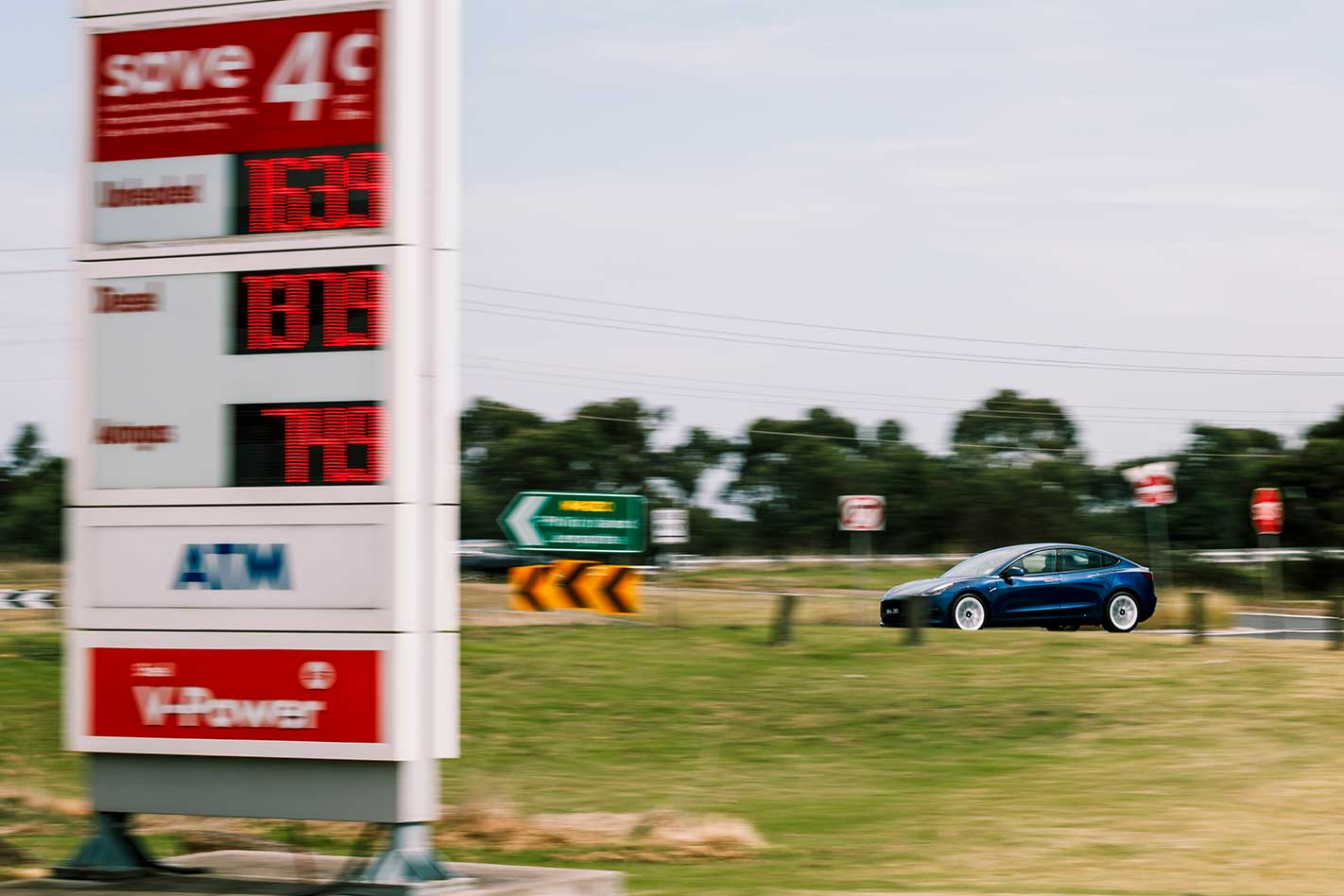
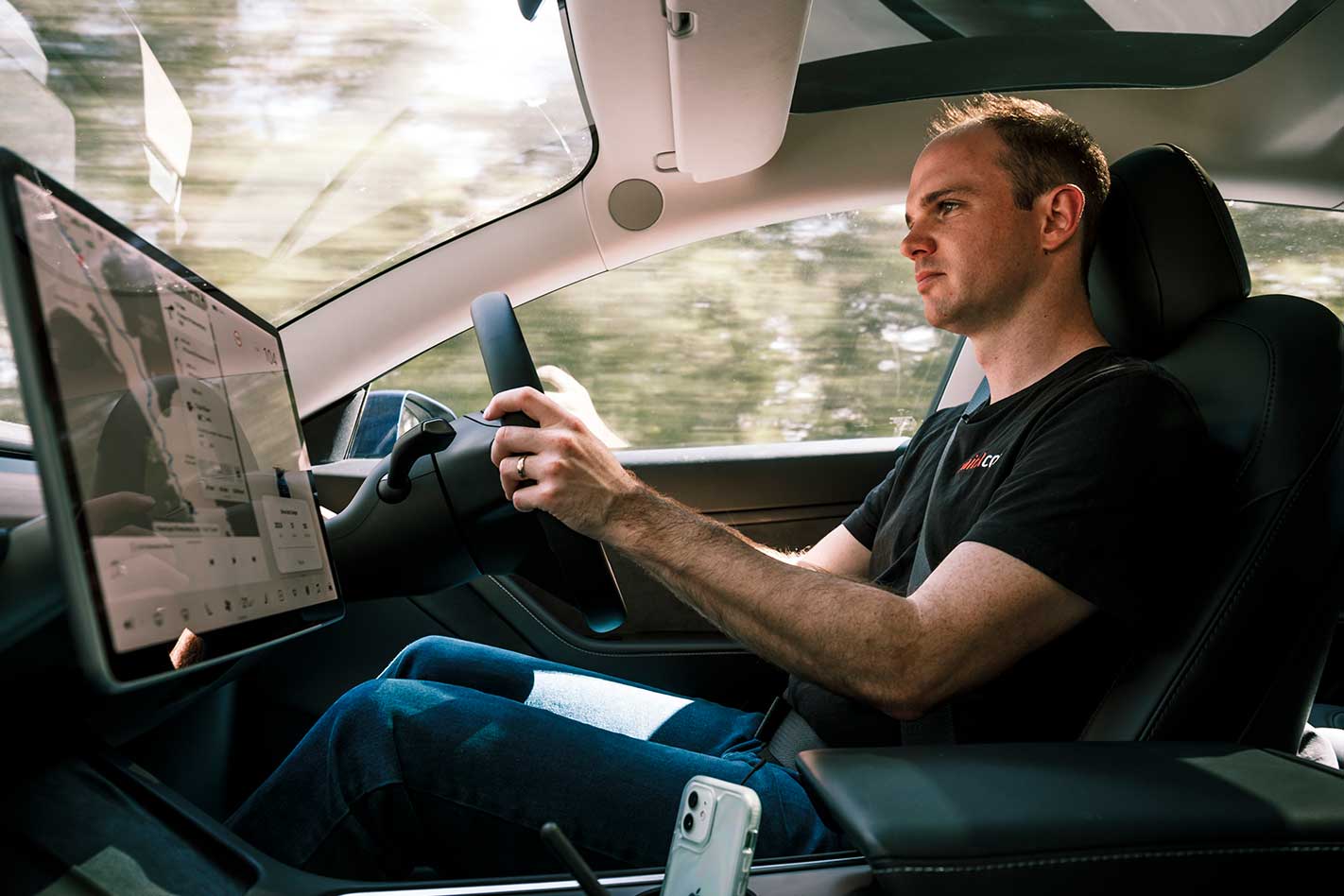
The floor-mounted batteries keep the weight low so it feels lighter than its 1844kg kerb weight and while there’s plenty of grip, the relatively soft suspension means the car moves around and requires input from the driver.The steering doesn’t offer much feedback but it’s light and accurate, as long as it’s kept in Comfort mode; Normal and Sport adding extra effort without added connection.
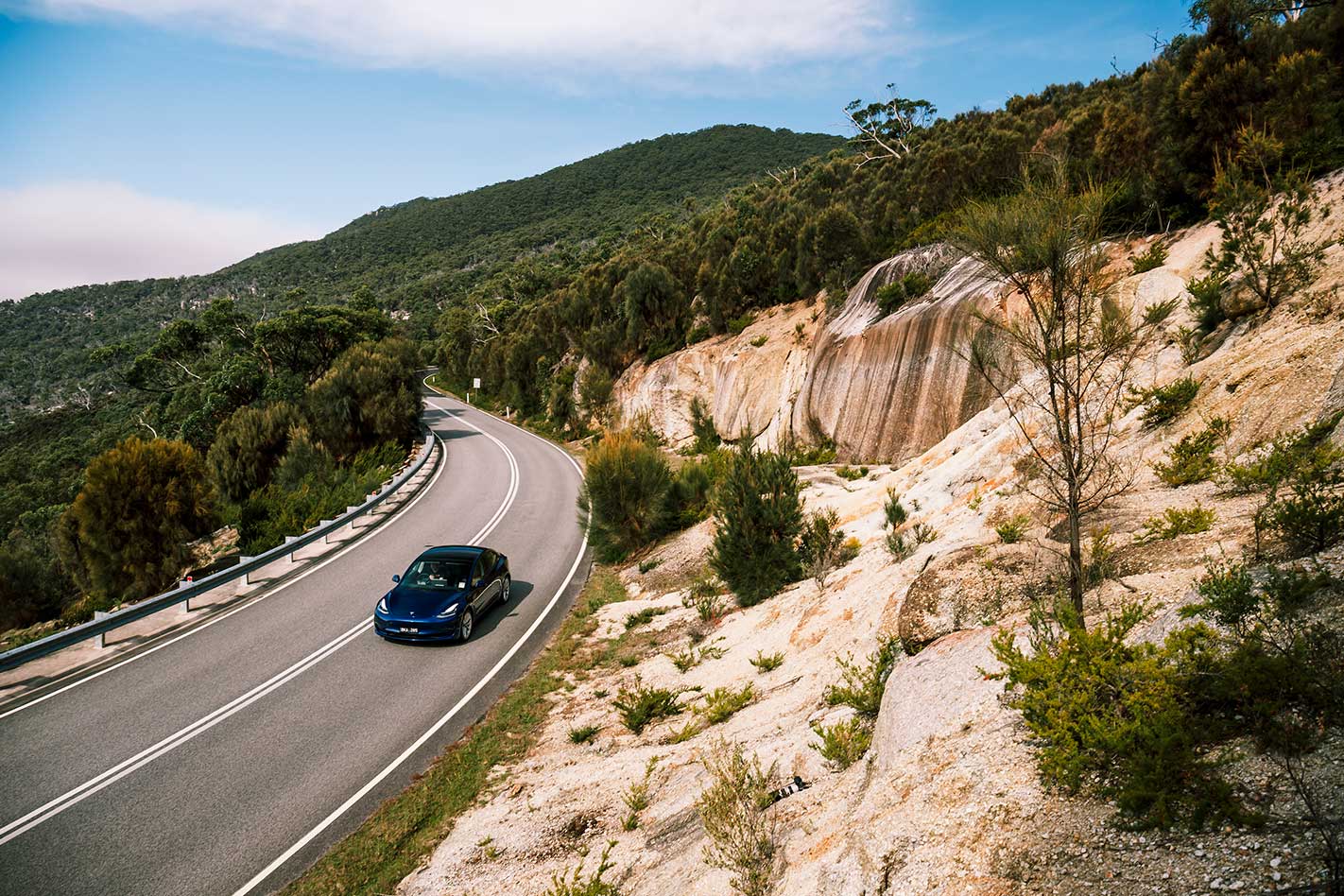
Precise outputs are hard to come by, Tesla preferring to publish 0-100km/h figures rather than power and torque numbers, but scouring the internet suggests figures of 258kW/510Nm for the Long Range.
However that, and the 4.4sec 0-100km/h claim, feel decidedly conservative given the way you’re slammed into the seat under full acceleration.
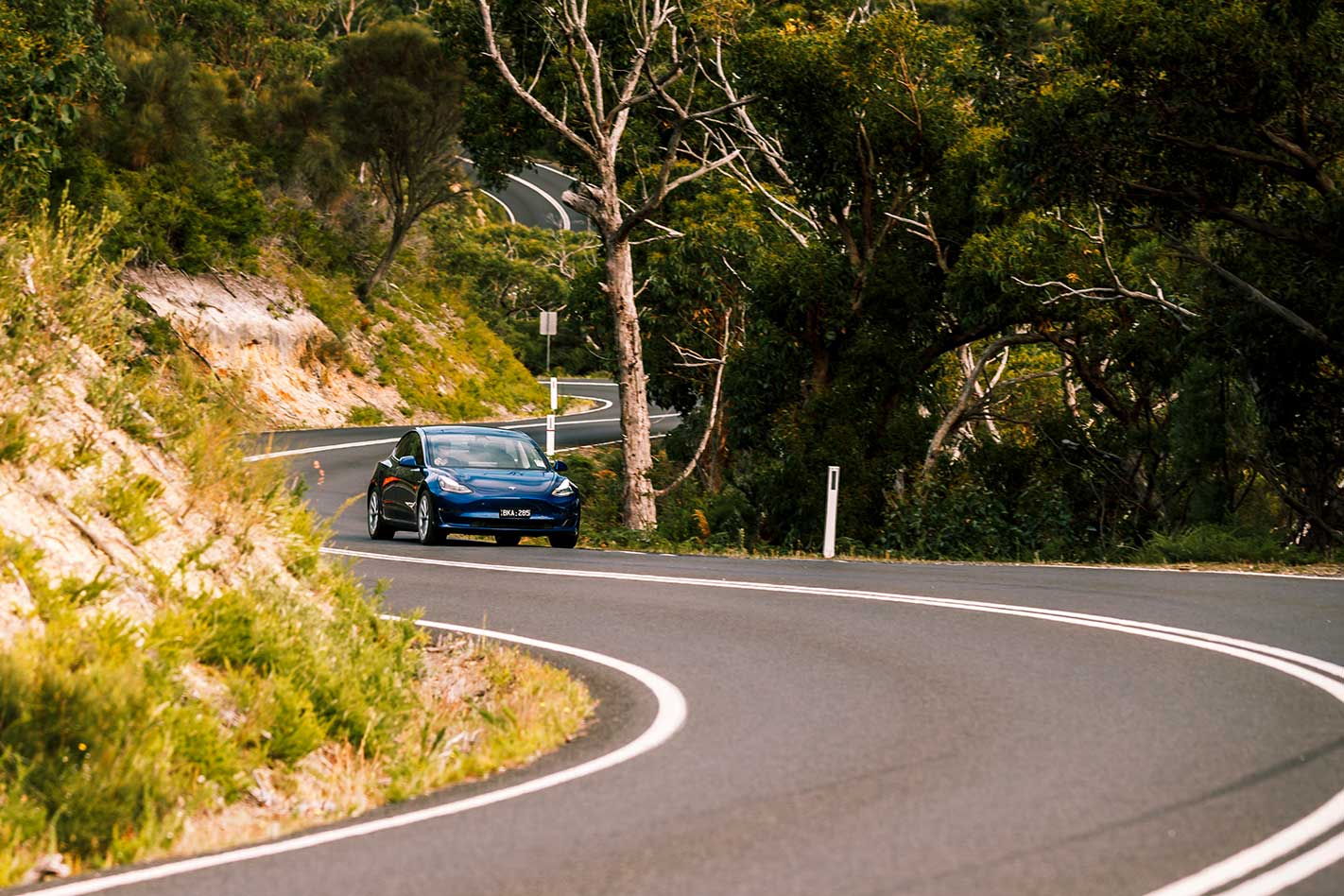
Apart from the obvious switch to a more economical driving style, there are a couple of measures that can be taken to extend range.
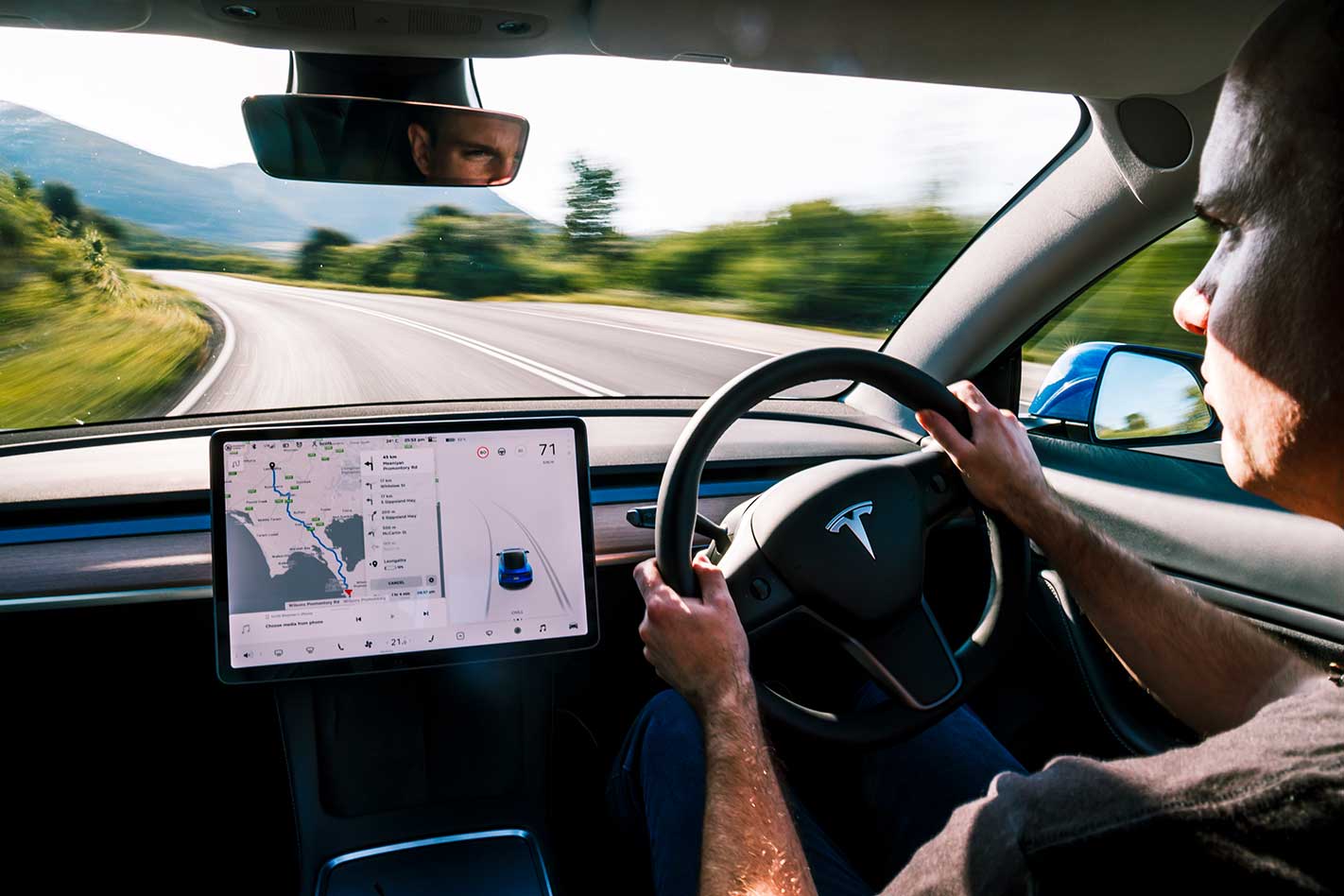
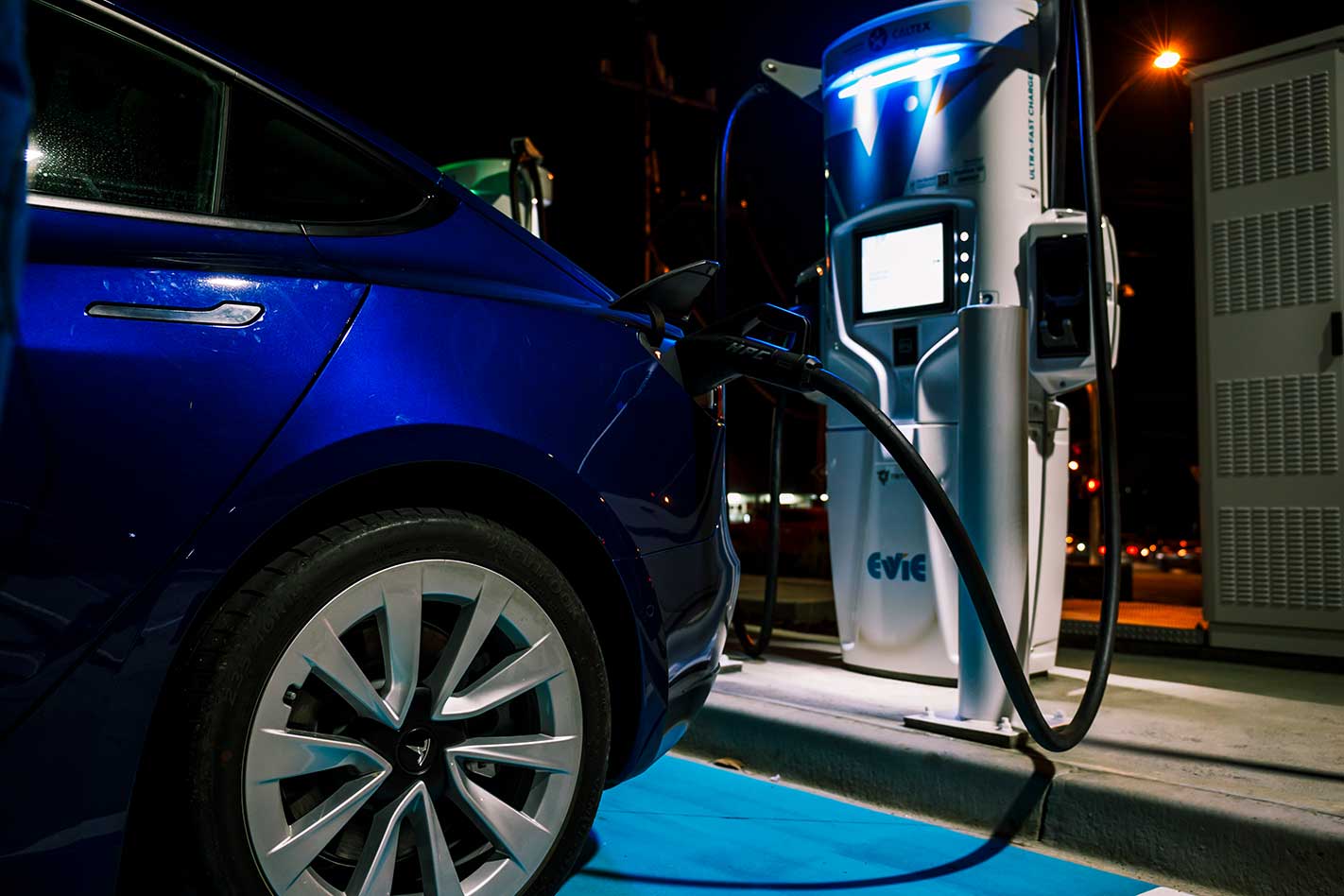
Without the need to produce the visual assets for this feature we would’ve made the return journey to Tesla quite easily, but that’s a moot point as there were numerous opportunities to top-up our battery along the way.
The lesson? Get out and drive your EV, even if you don’t know how to slipstream.
